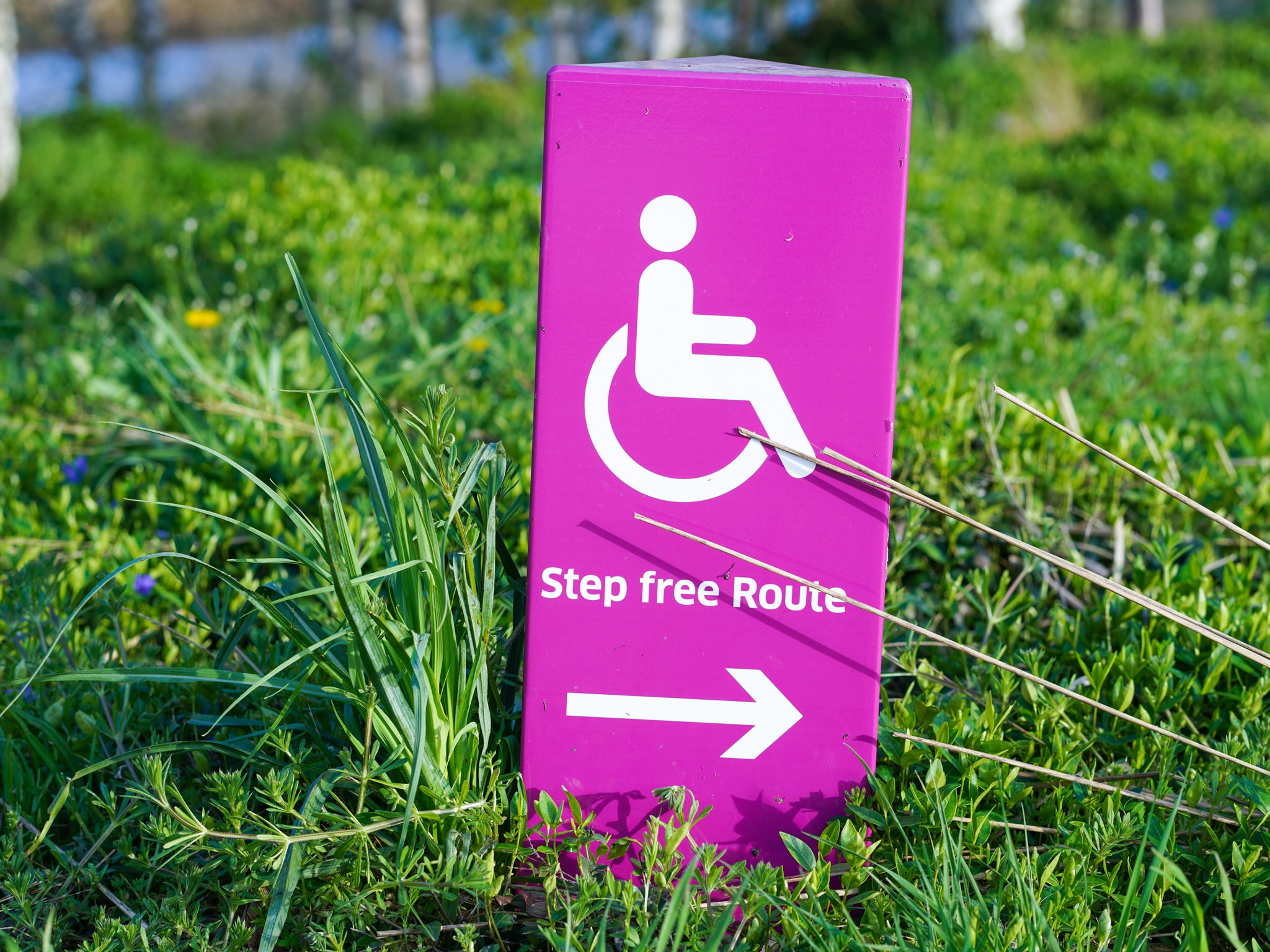


International Day of Persons with Disabilities: the EU Strategy for 2021-2030
What's new
3rd December is the International Day of Persons with Disabilities (IDPD). This Day aims to promote an understanding of disability issues and mobilize support for the dignity, rights and well-being of persons with disabilities in all spheres of society and development.
Each year the IDPD focuses on a different issue. This year’s theme is Leadership and participation of persons with disabilities toward an inclusive, accessible and sustainable post-COVID-19 world.
More than one billion people, around 15% of the world’s population, have some form of disability. This rate is increasing due to world population aging and increases in chronic health conditions.
What are the European strategies in place that aim to develop significant changes in the lives of people with disabilities? And what are the fundamental issues that must be considered in the coming years for ensuring everyone’s rights?
Strategy for the Rights of Persons with Disabilities 2021 – 2030
Over the past ten years, the European Disability Strategy 2010-2020 placed support for persons with disabilities high on the agenda, and it brought improvements in the areas of accessibility, awareness-raising, education and training, social protection and health.
Now, on the 2021-2030 agenda, Europe has a new Strategy for the Rights of Persons with Disabilities, which will guide the action of Member States as well as EU institutions, building on the achievements of the previous ten years and offering solutions to the challenges ahead.
The goal is to ensure that persons with disabilities in Europe, regardless of their sex, age, racial or ethnic origin, religion or belief, or sexual orientation can:
- enjoy their human rights;
- have equal opportunities;
- have equal access to participate in society: economy, healthcare, education, goods and services;
- decide where, how and with whom to live;
- no longer experience discrimination.
Inclusive and accessible education
The Strategy aims to improve quality of life and autonomy for people with disabilities, for example through maneuvers that develop new skills for new jobs and foster employment. One of the central points of the 2021-2030 Strategy concerns full access to study and education.
The right to education is a fundamental right affirmed by the UN Convention on the Rights of Persons with Disabilities (art. 24). Unfortunately, the most recently available EU-level data shows that 20.3% of persons with disabilities are early school leavers compared to 10.8% percent of persons without disabilities.
At a European level, the number of students with disabilities is growing almost everywhere. Taking the Italian case as an example, in the school year 2019-2020 students with disabilities were 13,000 more than the previous year. Thanks to the increased awareness on the subject, also the number of students enrolled with special educational needs is growing and there are more students with a specific learning disorder certificate such as dyslexia.
The barriers that hinder access to education are many and of different types, especially for students who need high-level support and then in some cases are forced to drop out of school.
Architectural barriers are among the main impediments to access school places. Another barrier is the impossibility of having school material available to everyone.
The accessibility of books and documents is therefore a necessary step to guarantee full access to education for all. For example, print impaired people should be able to read and consult digital publications independently using assistive technologies. The European Accessibility Act (EAA) was born to overcome this barrier: starting from June 2025, e-books, reading software, e-reading devices and online bookstores must be accessible to everyone.
(To know more about the EU process on the definition of accessibility requirements and publishing standards, read this in-depth analysis).
The 80% of people with disabilities live in developing countries
When we discuss about disabilities, we must remember that, from the 1 billion people with disabilities in the world, an astonishing 80% of them live in developing countries which usually cannot afford proper support policies. In the future, economically advanced countries will have to take a new responsibility: designing strategies to be more inclusive, considering the wider part of the population with disabilities and involving other countries for an international effort.



